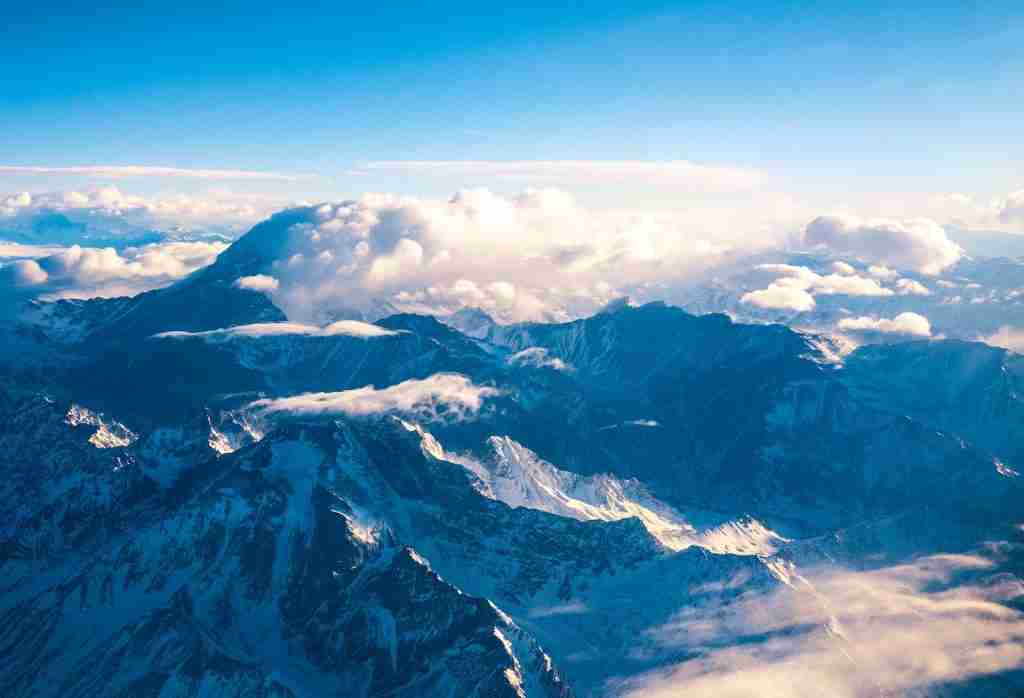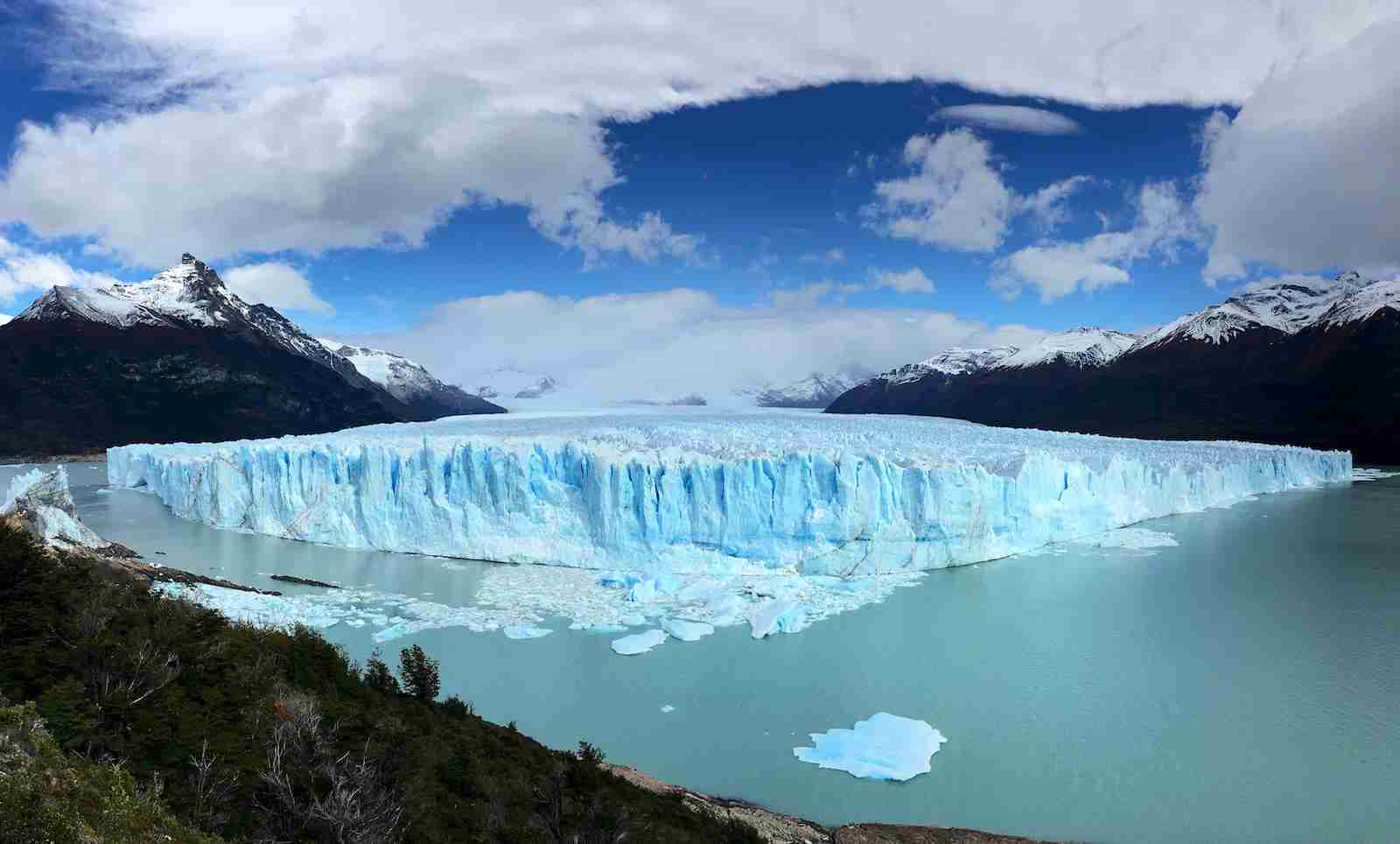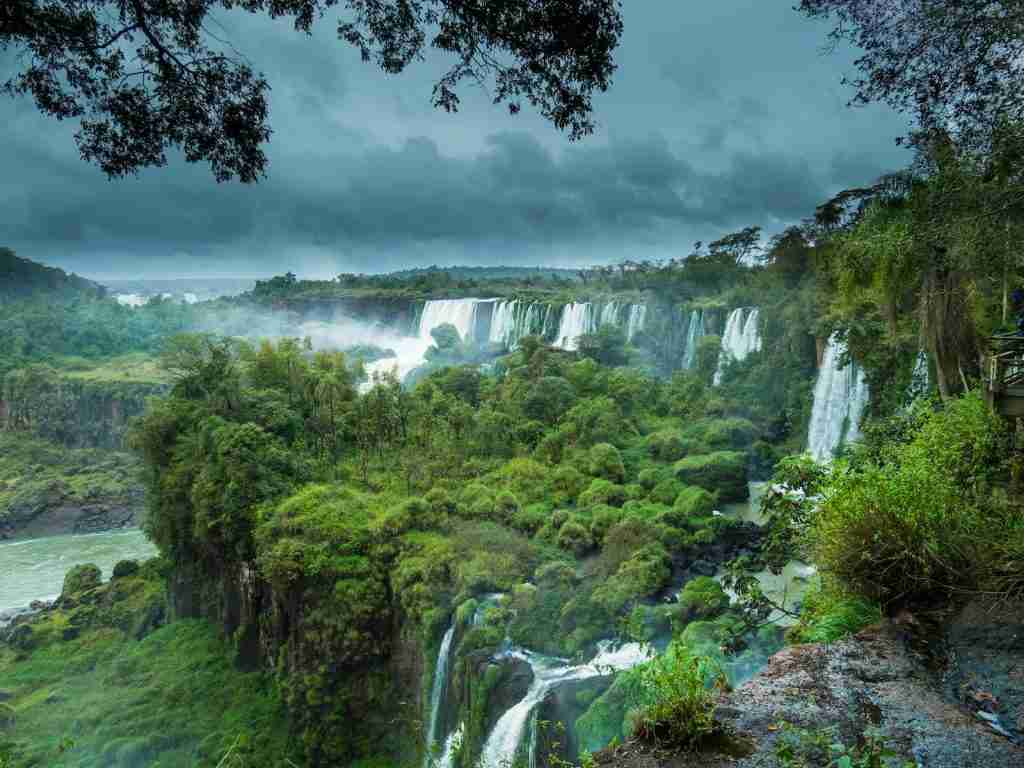27 Fun Facts About Argentina | From Tango to Patagonia
1. Argentina is the eighth-largest country in the world.
Argentina boasts an impressive land area, making it the second-largest country in South America.
It has diverse landscapes ranging from rich plains to thick jungles, towering mountains, pastoral steppes, and impressive glaciers. Its unique geography makes it a prime destination for tourists seeking varied landscapes and climates.
2. Argentinians have one of the highest per capita beef consumption worldwide.
Argentinians have one of the highest per capita beef consumption in the world.
Beef is a staple in the Argentine diet and central to its cuisine. Argentine cuisine features beef prominently, reflecting the country’s strong ranching culture.
3. Argentina is home to five Nobel Prize laureates in science, peace, and literature.
The country has produced notable figures like César Milstein in Medicine and Adolfo Pérez Esquivel in Peace.
These accolades highlight Argentina’s longstanding tradition of excellence in various academic and cultural fields. Argentina’s commitment to science, peace, and literature is evident in its Nobel laureates.
4. Mount Aconcagua in Argentina is the highest peak outside of Asia.

At 6,960.8 meters, Aconcagua is not only the tallest mountain in Argentina but also in both the Southern and Western Hemispheres.
This mountain is part of the Andes mountain range, which is the longest in the world. It attracts climbers from all over the globe and is one of the Seven Summits.
5. A unique Welsh settlement exists in Patagonia, Argentina.
The town of Gaiman in Patagonia has a significant Welsh community that dates back to 1865.
This Welsh heritage is celebrated annually with festivals and cultural events. The area still maintains Welsh traditions, language, and tea houses.
6. The first animated feature film in the world was created in Argentina in 1917.
In 1917, Argentina released “El Apóstol,” the world’s first animated feature film.
Created by Quirino Cristiani, it showcased a remarkable achievement in the early days of cinema. This innovation in film marked Argentina as an early leader in the animation industry.
7. Argentina was the country of famous political leader Eva Perón.
Eva Perón, affectionately known as Evita, was a significant figure in Argentina’s political history.
Her story was popularized globally by the musical and film “Evita.” Eva Perón’s influence extended beyond politics into social welfare and women’s suffrage in Argentina.
8. Argentina ranks as the fifth-largest wine-producing nation globally.

Argentina is the fifth-largest wine-producing nation on the globe.
The Mendoza region, at the foot of the Andes, is particularly renowned for its Malbec variety. The country’s wines are celebrated for their rich flavors and have gained international acclaim.
9. Argentina is credited with the invention of the bus in 1928, which is one of the fun facts about Argentina.
The first bus services in the world are said to have started in Argentina in 1928.
These services were called “colectivos” and are still a popular mode of transportation today. This invention showcased Argentina’s early contributions to global transportation solutions.
10. Ushuaia in Argentina is often regarded as the world’s southernmost city.
Ushuaia in Argentina is often regarded as the southernmost city in the world.
It is a gateway for Antarctic cruises and a popular tourist destination. Ushuaia’s unique location makes it a popular starting point for Antarctic expeditions.
11. Argentina boasts an adult literacy rate of over 98%.
Argentina prides itself on an adult literacy rate of over 98%, one of the highest in the world.
This is a testament to the country’s strong emphasis on education and the value placed on literacy. The emphasis on education reflects the country’s commitment to intellectual growth and development.
12. Argentina’s Patagonia region is a significant hotspot for dinosaur fossils.

The Patagonian region has revealed some of the most significant dinosaur discoveries in recent history.
This includes the largest dinosaur ever discovered, the Argentinosaurus, and the largest carnivorous dinosaur, the Giganotosaurus. Patagonia’s rich fossil record provides crucial insights into prehistoric life and attracts paleontologists globally.
13. Indigenous peoples like the Guarani and Mapuche have deeply influenced Argentina.
Indigenous groups such as the Guarani and Mapuche have influenced the culture and language of Argentina.
Words like “pampa,” “condor,” and “tango” have indigenous roots. Indigenous cultures continue to influence modern Argentine arts, music, and literature.
14. The Pampas in Argentina are among the most fertile natural prairies globally.
The vast plains of the Pampas cover a third of the country’s land area.
They are the agricultural heartland of Argentina, contributing significantly to its economy. The Pampas region is crucial to Argentina’s agricultural output, particularly in beef and wheat production.
15. Argentina was the first Latin American country to legalize same-sex marriage.
In 2010, Argentina made history by becoming the first country in Latin America to legalize same-sex marriage.
This progressive move positioned Argentina as a leader in LGBT rights in Latin America. The law also includes full adoption rights.
16. Argentina is the birthplace of the tango, originating in the 1890s.
The world-famous dance originated in the 1890s along the Río de la Plata.
It reflects the diverse immigrant population of the region, combining elements of African, Native, and European culture. Tango has been recognized by UNESCO as part of the world’s intangible cultural heritage.
17. Buenos Aires, Argentina, has the highest number of theaters in the world.
The capital city of Argentina is often called the “Paris of South America” due to its vibrant theater scene.
It has more theaters than any other city in the world, including the famous Teatro Colón. This cultural richness underlines Buenos Aires’ status as a global arts and entertainment hub.
18. Pato, combining elements of basketball and polo, is Argentina’s national sport.
Pato, a game played on horseback, combines elements of basketball and polo.
It was declared the national sport of Argentina in 1953. Pato’s unique characteristics reflect Argentina’s passion for sports that blend tradition and athleticism.
19. Argentine Spanish is distinct for its Italian-like intonation and unique slang.
The Spanish spoken in Argentina is distinct for its Italian-like intonation, influenced by the large Italian immigrant population.
It is also known for its unique slang, “lunfardo,” used commonly in the capital. This linguistic diversity adds to the rich cultural tapestry of the nation.
20. Iguazu Falls, on the Argentina-Brazil border, is a New Seven Wonder of Nature.

The majestic Iguazu Falls, on the border between Argentina and Brazil, is a UNESCO World Heritage Site.
It was voted as one of the New Seven Wonders of Nature in 2011. These stunning falls represent one of the most breathtaking natural wonders in South America.
21. The Argentine flag, created by General Manuel Belgrano, was first raised in 1812.
The flag, featuring light blue and white, was first raised in 1812 during the Argentine War of Independence.
Its colors are said to be inspired by the sky and clouds. The flag’s design is deeply symbolic, reflecting the country’s independence and national pride.
22. Argentina led to the discovery of the world’s oldest known dinosaur species.
Fossils found in Argentina have led to the discovery of the world’s oldest known dinosaur species.
This underlines the country’s importance in paleontological research. These discoveries have made Argentina a key destination for studying Earth’s geological and biological history.
23. “Argentina” derives from the Latin word for silver, though silver isn’t a major product.
The country was named after the silver mountains rumored by the early Spanish conquerors.
Despite the name, silver has never been a major product of Argentina. The name reflects the rich mineral heritage believed to be in the country.
24. How popular is soccer in Argentina?
Soccer, known as football in Argentina, is immensely popular and deeply ingrained in the country’s culture. Argentina has a rich soccer history, producing legendary players like Diego Maradona and Lionel Messi.
The sport holds a significant place in the hearts of Argentinians, and matches evoke passionate support from fans across the nation.
25. Pope Francis, the first South American Pope, was born in Buenos Aires, Argentina.
Born Jorge Mario Bergoglio in Buenos Aires, Pope Francis is the first pope from the Americas.
His papacy began in 2013, and he is known for his progressive views and humility. He has brought a unique perspective to the papacy, influenced by his Argentine roots.
26. Argentina ranks second highest in the number of psychoanalysts per capita.
Following France, Argentina boasts a high number of psychoanalysts among its population.
Buenos Aires, in particular, has a dense concentration of mental health professionals. This reflects the country’s strong emphasis on mental health and psychoanalytic theory.
27. As a founding member of the United Nations, Argentina signed the UN charter in 1945.
Argentina was among the first countries to sign the UN charter in 1945.
It has played a significant role in the organization’s mission and activities over the years. Argentina’s role in the UN underscores its commitment to international cooperation and diplomacy.
FAQs
Argentina, located in South America, is characterized by diverse geography. It features the Andes mountain range to the west, expansive plains (pampas) in the center, and a long coastline to the east. Major cities include Buenos Aires, Cordoba, and Rosario.
Tango, in addition to being a dance, is also a term used to describe a style of music that accompanies the dance. The word “tango” is believed to have originated in African languages, meaning “closed space” or “reserved ground,” reflecting the close embrace and intimate connection between dance partners in the tango dance.
The flag of Argentina consists of three horizontal stripes: light blue at the top and bottom, with a white stripe in the middle. In the center of the white stripe is a golden sun with a face, known as the Sun of May.
Argentina’s history is marked by indigenous cultures, Spanish colonization in the 16th century, and gaining independence in 1816. It experienced periods of political and economic turbulence, including military dictatorships. Notable events include the Eva Perón era, the Falklands War in 1982, and a return to democratic governance in the 1980s.
Soccer (football) is the most popular sport in Argentina, with a passionate fan base. Other widely enjoyed sports include rugby, field hockey, and polo. Argentina has excelled internationally in various sports, producing top athletes and winning numerous championships.







